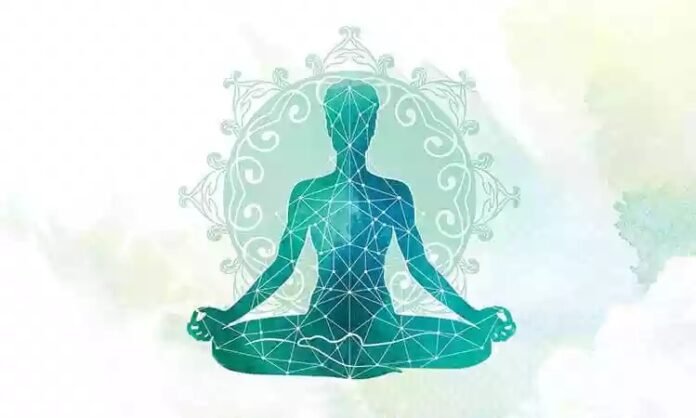By Bal Ram Singh
Yoga is one of the Agam knowledge systems that is not just a knowledge system but in fact makes one knowledgeable about self first, and know about the rest accordingly.
Yoga according to Patanjali has eight limbs/organs termed as Ashtanga Yoga. For example, a person who is having different organs of a body which does different tasks, and when one of them is not functioning it feels something is missing in the body. Hence it is important to have every organ to make it a whole functioning system – ‘the body’. Similarly, it is true that eight limbs (Yam, Niyam, Asan, Pranayam, Pratyahar, Dharna, Dhyan, and Samadhi) are different aspects of yoga, and if you connect to one, you get access to all. First of these aspects the Intellectual group/level.
In general, people with intellect prepare, decide, commit to do a task they want to embark upon. At that point, they are intellectually able to do or follow certain things.
Some bad tendencies exist which should be given up so that they don’t interfere in further steps.
Thus, of the 8 limbs, Yam is the first that should be followed which clears up before walking in the path of yoga. Yam/Yama means to ‘give up’ or ‘don’t do’ It has a negative connotation, but negative of something bad (something is bad but do something not or negative of that implies do good/positive) is good. There are five Yama’s:
- Ahimsa (no violence or give up violence)
- Satya (not lies)
- Asteya (not stealing)
- Brahmacharya (give up lust, not even thinking about lust)
- Aparigraha (give up covetousness, extreme desire to possess or acquire worldly things)
To do or understand yoga, one must understand, decide, follow, and practice Yam/Yama, i.e., will not follow and practice violence, lies, stealing, lust and covetousness. To decide and practice with the following three faculties:
- Manasa (with mind)
- Vachaa (with speech)
- Karmanaa (with action)
Paradoxically, Yama is described as lord or god of death (and there is a story of Yama and Nachiketa dialogue about life and death) , it is also one of the limbs of ashtang yoga (vide infra), and in fact may be the symbolic expression of yama in yoga, as it means cessation, rein, control, restraint, suppression, etc., implying allegorical meaning to refer to things that may not be feasible or appropriate to do.
In Bhagvadgita (Chapter 10: TEXT 29), Krishna refers to himself as yama:
anantas casmi naganam
varuno yadasam aham
pitrnam aryama casmi
yamah samyamatam aham
(Of the celestial Naga snakes I am Ananta; of the aquatic deities I am Varuna. Of departed ancestors I am Aryama, and among the dispensers of law I am Yama, lord of death.)
Yama is made from two letters, ‘ya’ meaning expansion and ‘ma’ to mean stop, prevent, end, etc., thus implying yama controls or regulates the natural tendencies, and prevents them to continue. Those who understand and practice self-restraints get elevated to the level in yoga so that they in fact become immortal at another level, i.e., where Atman (self) becomes part of the Paramatman or Brahman, the all pervasive and all knowing supreme. Yama is known as Yamaraja (or Lord yama), who is also Dharmaraja (or the lord of Dharma), suggesting the regulations of yama, in fact, lead to Dharma.
Part of the problem with universal examination of yoga is its misclassification as part of Hindu religion, inviting skepticism by mainstream scientists and biomedical researchers due the history of religion and science, especially in the western world. Even today, scholars react differently to explanations of the textual and deeper meaning of the fundamentals of yoga, at times trying to distance the religious aspect of the meaning of life and death in the Yama-Nachiketa story.
Practice of yoga in its true spirit, as enshrined by Patanjali some 5000 years ago, will certainly help us in getting rid of the current epidemic of lifestyle-related noncommunicable diseases” stated Dwivedi (2015).
Interestingly, the non-communicable diseases may include inability to receive and transmit communication in the absence of appropriate yoga practice by even intellectuals and scholars.
Images courtesy of (Image: Aadesh Guru) and Provided













